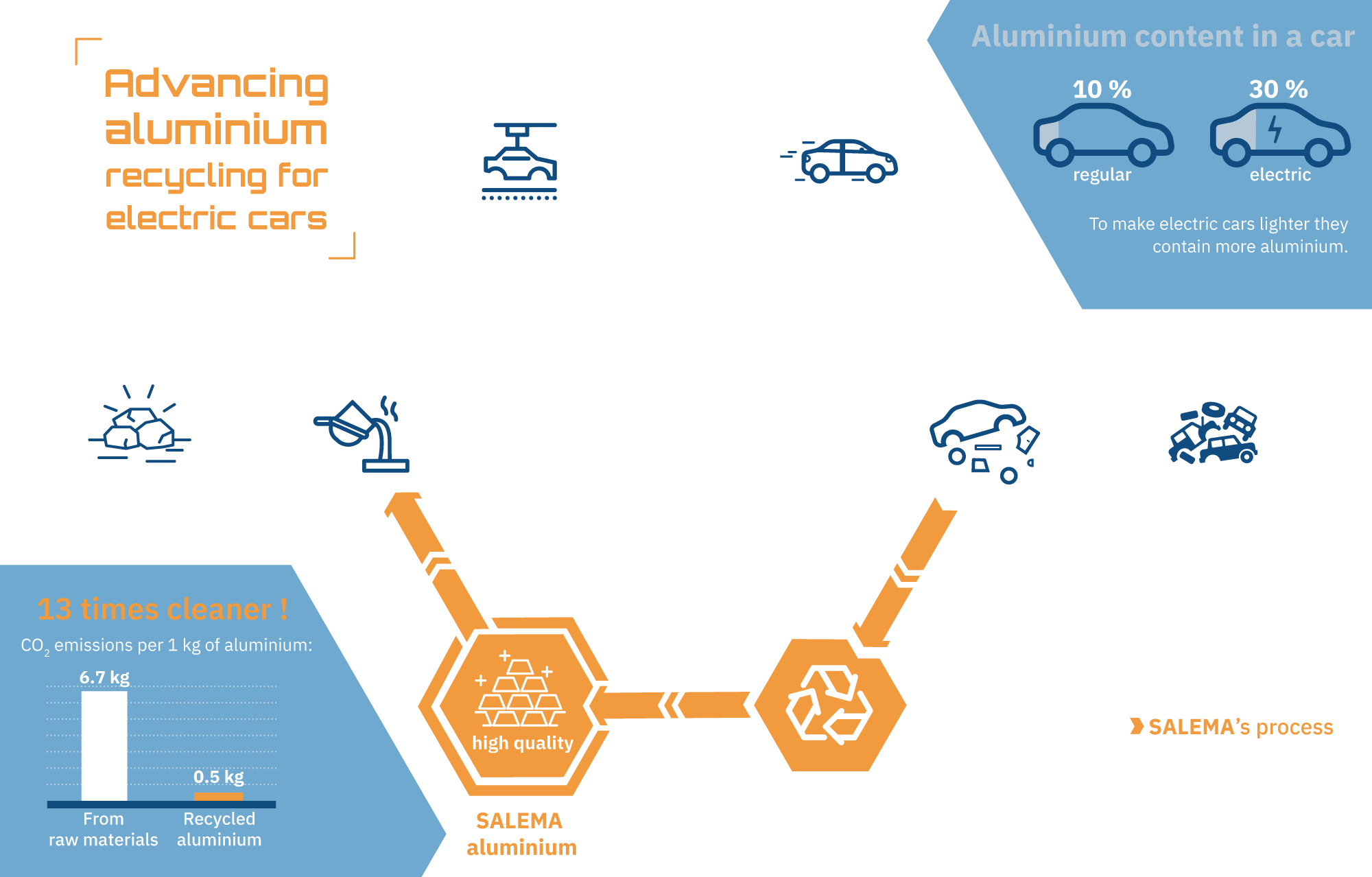Circular Economy
A circular economy is an economic system of closed loops in which raw materials, components and products lose their value as little as possible, renewable energy sources are used, and systems thinking is at the core. The European Commission adopted a circular economy action plan in March 2020. It is one of the main building blocks of the European Green Deal, Europe’s agenda for sustainable growth.
The action plan announced initiatives along the entire life cycle of products. It targeted how products are designed, promoted circular economy processes, encouraged sustainable consumption, and aimed to ensure that waste is prevented and that resources are kept in the EU economy for as long as possible.
Although it is hard to choose one clear definition for the circular economy, many definitions focus on the so-called ‘3-R’ approach:
Reduce
minimise use
of raw materials
Re-use
maximise re-use of products
and components
Recycle
high-quality re-use
of raw materials
SALEMA implemented these strategies to demonstrate the feasibility of closing the loop in high-quality aluminium alloy processing.
Historically, using shredded end-of-life mixed recycled aluminium scrap came with major drawbacks regarding the mechanical or thermal properties of the alloys when used in standard industrial processes.
SALEMA addressed this problem not only by improving recycling technologies and ‘designing’ alloys with low critical raw material or higher recycled content, studying and evaluating, but also by using them at industrial scale and demonstrating their viability for one of the most regulated sectors — the automotive industry.
Benefits of the SALEMA solutions:
Substantial contribution to the circular economy
by designing, producing and validating alloys with lower critical raw material or higher recycled content.
Reducing imports of raw materials into the EU
which is of strategic and environmental concern.
Mitigating problems related to scarcity
and high-risk supply chain of critical raw materials.
Decreasing exports of 'low-valuable' materials
such as mixed post-consumer aluminium scrap.
Increasing use of end-of-life mixed aluminium scrap
in novel aluminium alloys with high recycled content.
Reducing the environmental pressure of virgin aluminium and critical raw material extraction
and avoiding potential scrap accumulation.
